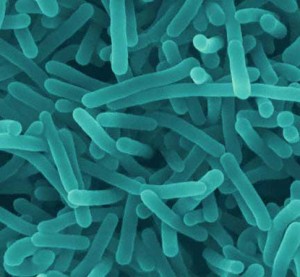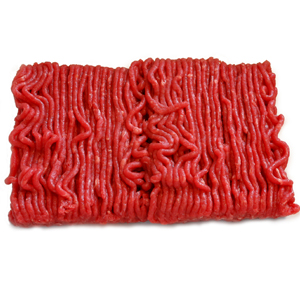Meaty matters: all your meat storage questions answered!
April 19th, 2012
 You’ve got what?
You’ve got what?
Food poisoning is one of the most unpleasant, ungainly, unwanted experiences out there. And raw meat is a principle source of dangerous, illness causing-bacteria like Listeria and Salmonella.
We’ll do anything to avoid a bout of tummy trouble but can we go too far? Are we throwing away edible, safe food?
Of course we’re better off safe than sorry, still, is the fear of poisoning making us a little paranoid?
Should we eat beef that’s turned a bit brown? Chicken that’s still a bit pink? Refreeze thawed fish?
 The answer, yes, is surprising. Pink chicken?!
The answer, yes, is surprising. Pink chicken?!
Scrolling the food safety tips for the US Department of Agriculture offers some specific answers to ‘on the fringe’ meat situations.
Remember that these are guidelines (an Australian, less specific version can be found here) and keeping your eyes and nose open to common signs of food spoilage is first and foremost.
Hand washing and good hygiene will also help reduce the risk of food poisoning.
First, the eye-catching chicken: Can you eat cooked chicken that’s a bit pink?
Yes, you can, but only if the internal temperature has reached at least 75 degrees Celsius throughout. Apparently it’s not unusual for some parts of poultry to stay a little pink, even if they are safely cooked.
Measuring the internal temperature will require a food thermometer and all parts of the chicken must have reached that temperature.
Can you refreeze fish and meat that has already been thawed?
Yup. So long as the fish was initially thawed in the fridge and hasn’t been unfrozen for longer than two days. Fish that was thawed on the bench, in water or in a microwave will need to be used immediately.
If you think about it, a lot of the fish we buy has already been frozen, sometimes snap frozen out at sea soon after it is caught.
Bear in mind that the texture, flavour and overall quality will be compromised and you may end up using the fish for stews or chowders.
How long can you keep thawed mince and meat in the fridge for?
Same as above applies. It’s cool to keep in the fridge for a couple of days only if it was defrosted in the fridge. Otherwise, eat right away.
How long can you freeze meat and chicken for?
Pretty much indefinitely. Bacteria stop producing in sub-zero temperatures, but will begin to multiply as soon as they are thawed. The longer the food is in the freezer though the greater deterioration in quality, moisture and nutritional benefit.
Is it OK to defrost meat on the bench, at room temperature.
No. Benchtop thawing takes too long so unfrozen outer bits have longer to accumulate bacteria.
The safest way to defrost meat is to do it in the fridge, in cold water or in the microwave.
Should you rinse meat and chicken before cooking?
No. Bacteria on the surface will be destroyed when it’s cooked properly and thoroughly. In fact, rinsing first will spread the bacteria to other parts of your kitchen, like the sink and its surrounding area.
The meat is turning a bit grey, is it OK to eat?
Mince and steak will naturally change colour, sometimes from bright red to brown or grey. Discoloration is usually fine, being caused by a lack of oxygen. So it’s OK to eat.
BUT, if the change of colour is accompanied with a bad small, slime, or stickiness, then chuck it.


Leave a Reply